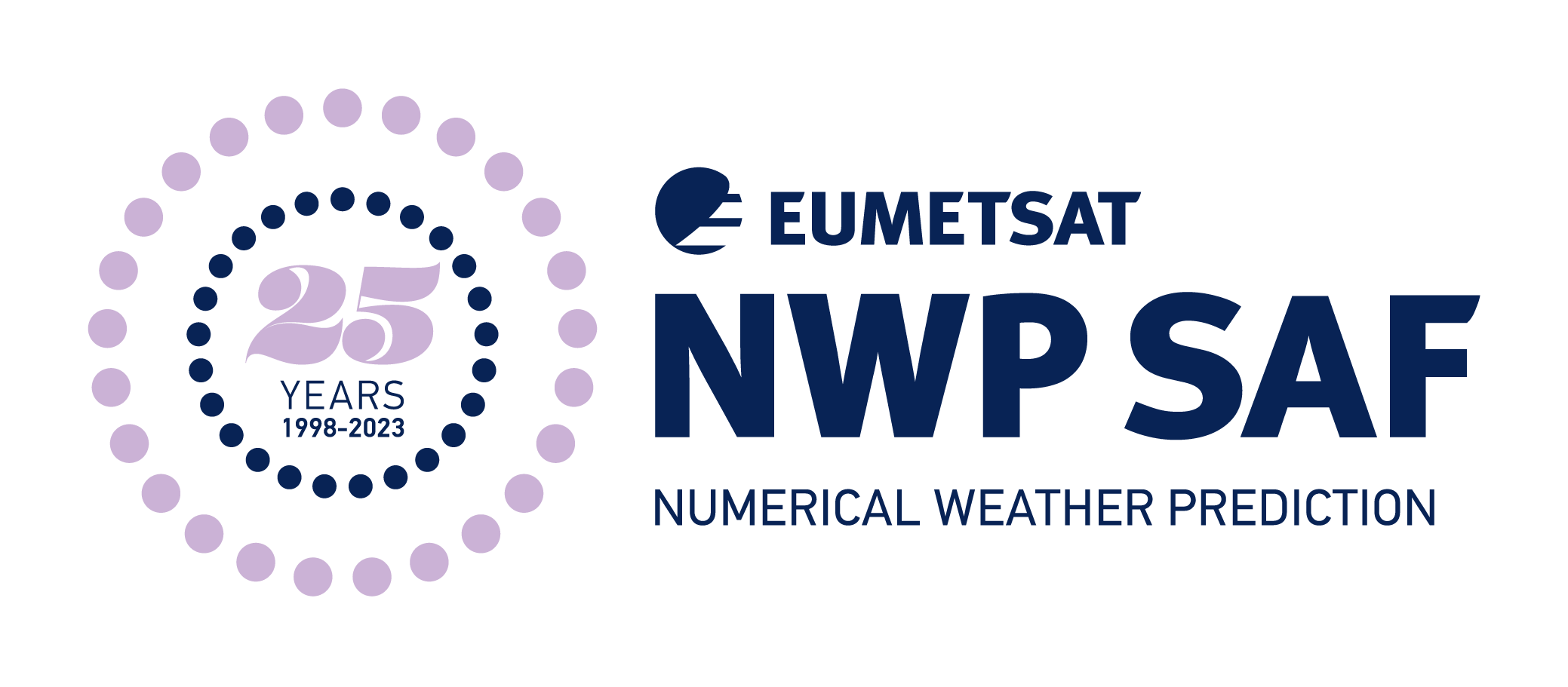Satellite Application Facility for Numerical Weather Prediction › Forums › RTTOV › RTTOV v14 › Dealing with fixed pressure levels
Tagged: model levels, p-full, p-half, pressure levels
- This topic has 2 replies, 2 voices, and was last updated 7 months, 1 week ago by
 Andrew Prata.
Andrew Prata.
-
AuthorPosts
-
April 22, 2025 at 6:14 am #50598
 Andrew PrataParticipant
Andrew PrataParticipantI’m currently in the process of updating my processing workflow from RTTOV v13 to v14. My RTTOV v13 workflow uses ERA5 data on fixed pressure levels (37 pressure levels) and specifies 2m (surface) pressure separately. However, reading through the v14 documentation I found the following statement:
“RTTOV v14 cannot be run directly on profile datasets specified on fixed pressure levels where the surface pressure is specified separately.”
This is precisely my use-case. As we have the entire ERA5 archive stored on our supercomputer (37 fixed pressure level data from 1000 hPa to 1 hPa), I would like to use these data with RTTOV v14.
My question is: Is there a recommended workaround to convert the fixed-pressure level grid to an equivalent ‘p-half’ grid? And how would one incorporate the surface pressure (sp) into the p-half grid (i.e. deal with cases where sp < 1000 hPa or sp > 1000 hPa)?
Or is my only option to use the ERA5 137 model level grid data (which I assume is part of the reason for the change), and compute phalf as: p_half = a + b∗sp ?
Thanks
AndrewApril 22, 2025 at 8:12 am #50600 James HockingKeymaster
James HockingKeymasterHi Andrew,
In general, it has long been recommended to input profiles to RTTOV on the native NWP model grid (i.e., the 137L in this case). The 37 pressure levels that ERA5 data are available on are very coarse and only go up to 1 hPa, so the accuracy of the radiative transfer calculations will be lower. So the recommended approach is to use ERA5 data on “model levels” rather than “pressure levels”.
There is no recommended way to input profiles on fixed levels to v14 because it is not intended to be run like that. There are two choices if you want to use the 37L fields:
1. Input the profiles one by one to RTTOV. Each profile will have a different number of levels, depending on where the surface pressure is, so you would need to allocate the RTTOV data structures with the corresponding nlevels (this could be done once at the start rather than reallocating within the profile loop which may be quite slow).
2. Allocate all data structures with a fixed nlevels (e.g., 37 or 38, depending on how you define the pressure half-levels), and then in cases where the surface pressure is <1000 hPa, you need to insert interpolated levels to ensure each profile has the same number of levels. It would most likely be best to insert the levels near the top of the atmosphere. The optimal method of doing this is not known, so possible some experimentation may be required.
Obviously neither approach is ideal. The first is easier to implement.
Best wishes,
JamesApril 22, 2025 at 11:18 pm #50602 Andrew PrataParticipant
Andrew PrataParticipantHi James
OK thanks for clarifying and for the ideas on how to proceed. I had begun to look into using varying profile sizes but it sounds like moving to 137L would be best option with RTTOV v14.
Cheers
Andrew -
AuthorPosts
- You must be logged in to reply to this topic.
